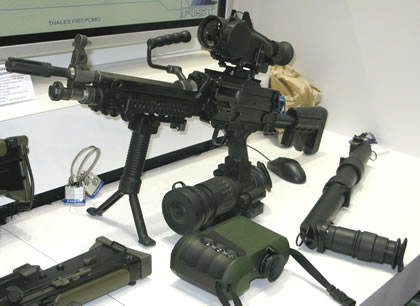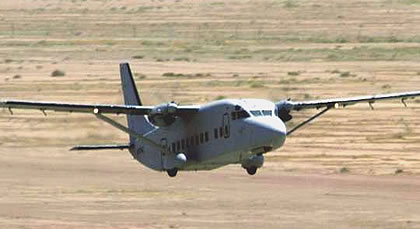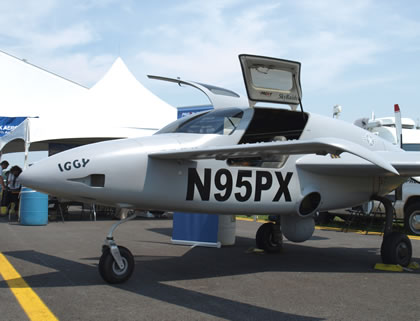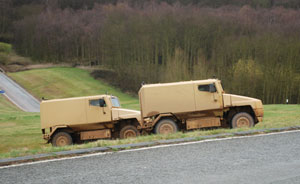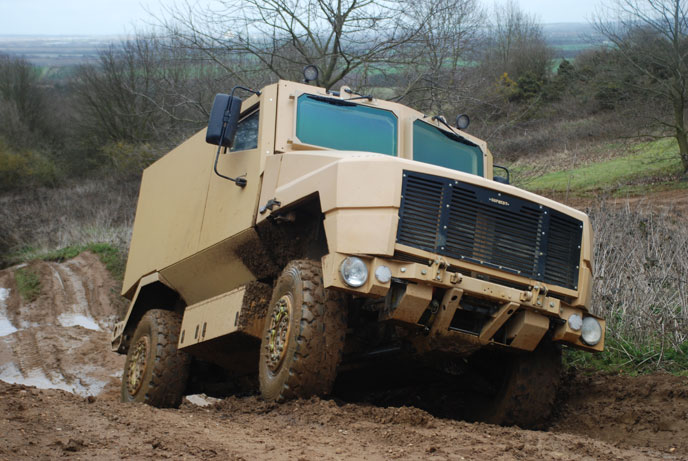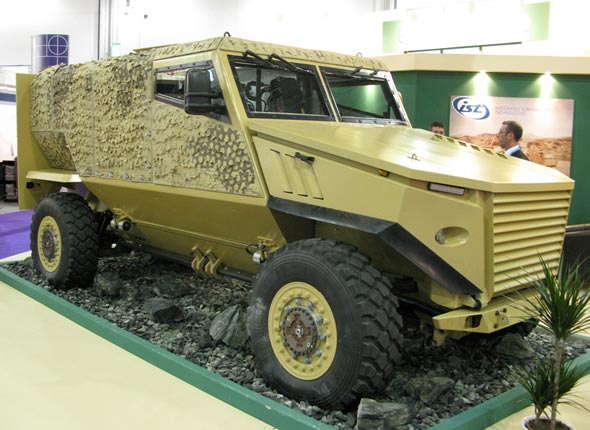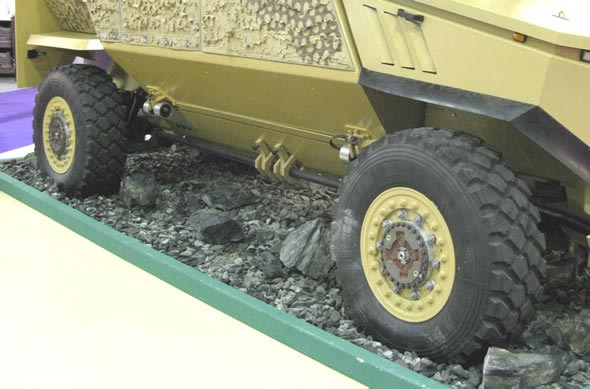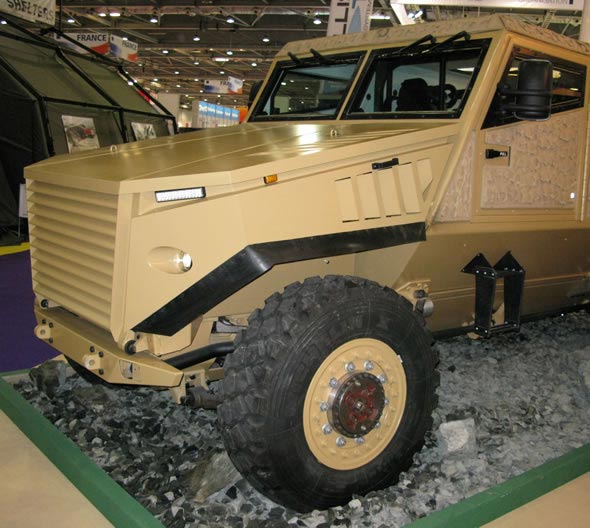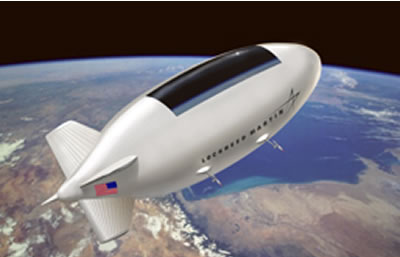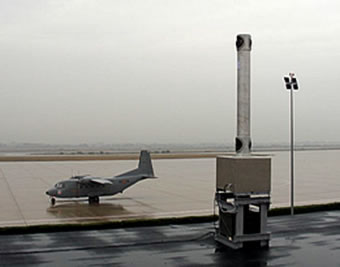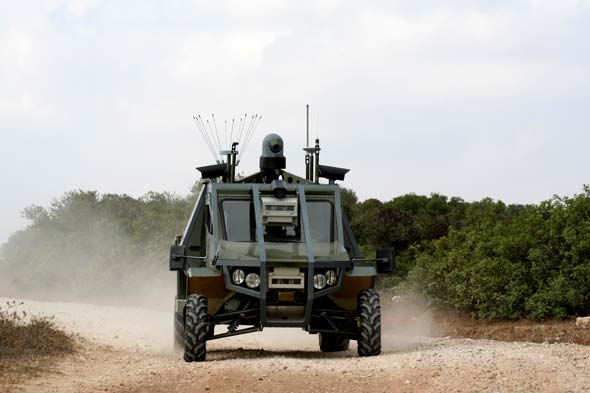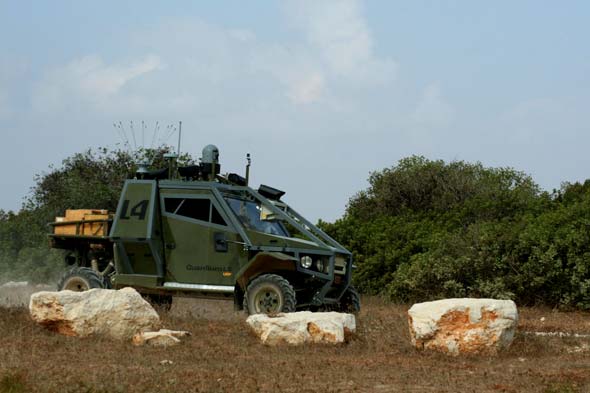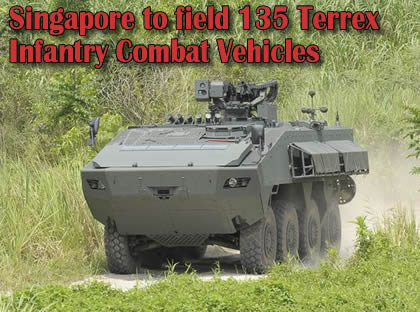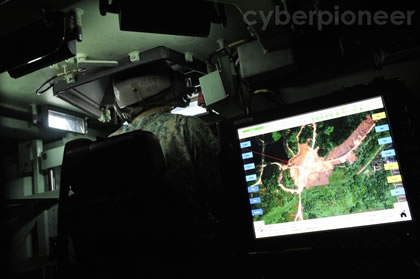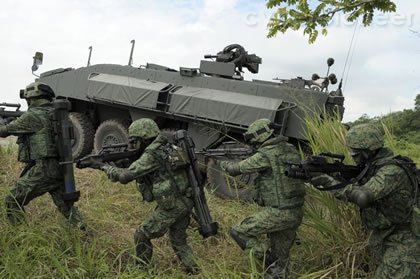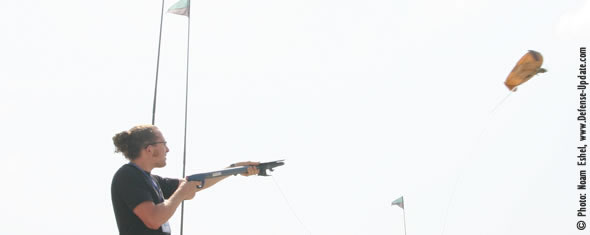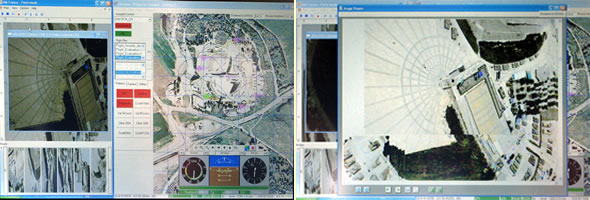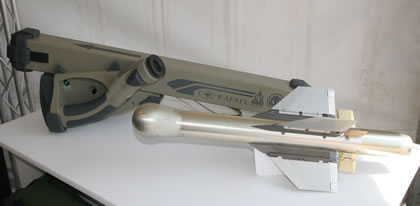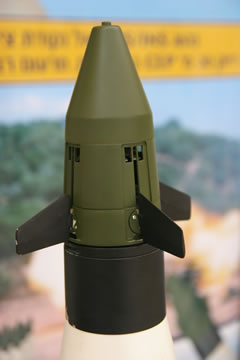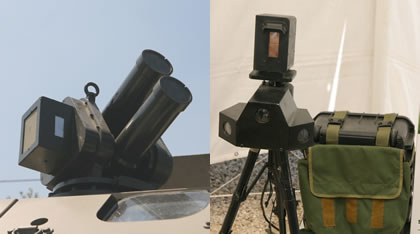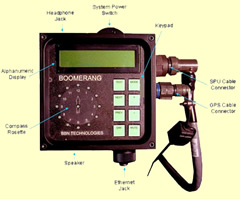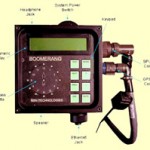British infantry units will soon be issued with new Surveillance and Target Acquisition (STA) package. The order, part of a £150m contract awarded by the British Ministry of Defence (MOD) to Thales UK marks the first acquisition increment of the Future Integrated Soldier Technology (FIST) program. The full FIST package will consist of nearly eleven thousand suites of equipment.
First equipment deliveries are planned for November 2010, in time for the training of infantry units, prior to being deployed to Afghanistan, in early 2011. Full contract deliveries are due to be completed in June 2014, equipping a full infantry brigade.
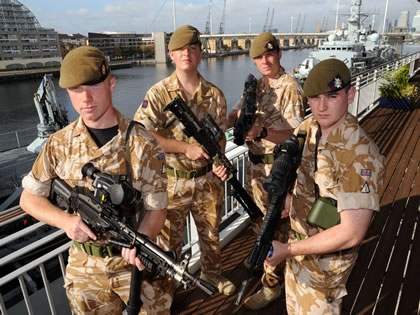
A FIST full of Sights
The package includes new thermal sights to be supplied by Qioptiq. Thermal imaging systems were realized optimal for operating conditions in Afghanistan, where the level of starlight, or ambient light from man-made sources is too low to support image intensifying systems. Thermal imaging has the added benefits in improving the ability to see through optical camouflage; and assisting soldiers identifying concealed weapons and improvised explosive devices. While concealed man-made objects are non-visible to the naked eye, they stand out in stark contrast to the background on the infrared spectral bands.
Over the next five years Qioptiq will deliver over 4,000 high performance un-cooled Thermal Weapon Sight units, designated ‘FIST Thermal Sight’ (FTS) to equip the FIST teams. The FTS is equipped with a 640×480 format un-cooled thermal core. Tailored specifically to meet the FIST requirements, the FTS provides enhanced man machine interface (MMI) an integrated Infra Red Laser Aimer (IRLA) for enhanced target identification, along with an integrated Close Quarter Battlesight (CQB) red dot sight. In addition, Qioptiq will convert over 4,000 existing Common Weapon Sights (CWS )& MAXIKITE2 night vision sights adapting them for operation with the Close Quarter Battlesight (CQB) red dot sight.
All FIST team members will also be provided with new day sights – the MOD selected the SpecterOS x4 lightweight day sight made by Elcan, Canada. In total the company plans to supply 10,835 sights as part of the program’s first phase. In addition, over 19,000 red-dot close quarter battle (CQB) sights will be delivered by Shield of the UK to equip the weapons of all FIST team members. The CQB will operate in tandem with day or night sights, improving instinctive fire and target acquisition, primarily in close combat conditions.
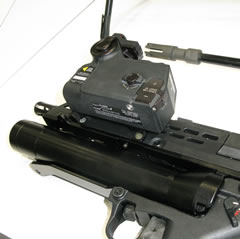 Equipping the Grenadier
Equipping the Grenadier
Grenadiers will be also be equipped with underslung grenade launcher sights and fire control systems. The sight will be supplied by optical sight specialist Istec Services of the UK with fire control module delivered by Vectronix of Switzerland. Known as ‘Rapid Acquisition Aiming Module’ (RAAM shown on the left picture) , the device, jointly developed by Vectronix and Wilcox Industries of the UK, fulfills the FIST Underslung Grenade Launcher Fire Control System (UGL-FCS) requirement. The system instantly calculates the distance to the target and computes the angle of declination or inclination, required for accurate fire adjusting the point of aim displayed on the sight. The device performs in daylight as well as darkness and drastically increases the hit probability of identified targets. Vectronix expects to deliver 2300 systems for the program’s initial phase.
Team Leader’s Gear
Team leaders will receive the Moskito ‘ Commander’s Target Locator (CTL ), also built by Vectronix. The company will deliver about 2700 such devices. The system combines all essential day and night viewing, measuring and geo-location functions into one compact device, weighing about 1.2kg, powered by commercially available batteries. Team leaders will also carry a folding lightweight infantry periscope (LIP) supplied by the Israeli company Uniscope. This folding periscope enables the conduct of surveillance whilst under cover or from around corners. This simple, yet effective apparatus has a field of view of 12 degrees and x3 magnification. The commander’s gear also includes a commercial off the shelf (COTS) based ruggedized digital camera produced by Olympus. This camera, part of the commercial ‘μtough’ series, a lightweight, compact COTS piece selected for the FIST program by its ability to collect, and retrieve digital images along patrols. Weighing only 200 grams, μtough is built for operation in rough environmental conditions – it continues to operate even after being immersed in water up to 10 meters deep or dropped from a height of two meters.
Established as an infantry improvement program, designed to enhance the capability of the dismounted infantry section in the British Army, the program has followed a systematic, requirements-driven approach in equipping small teams of soldiers engaged in dismounted operations with an integrated fighting system. It also addresses integration of the dismounted section with other systems, including personal equipment and platforms, in delivering network-enabled capability. Since 2003 Thales UK and the MoD have been engaged in the FIST Assessment Phase, evaluating various technologies and systems for the program. The next key milestone in the FIST program is expected later this year, with the procurement announcement of C4I systems for dismounted infantry teams.
